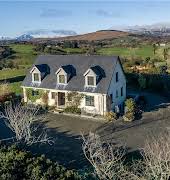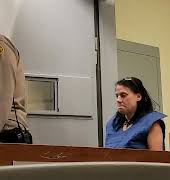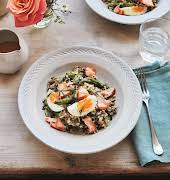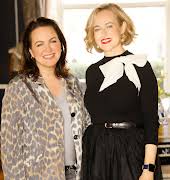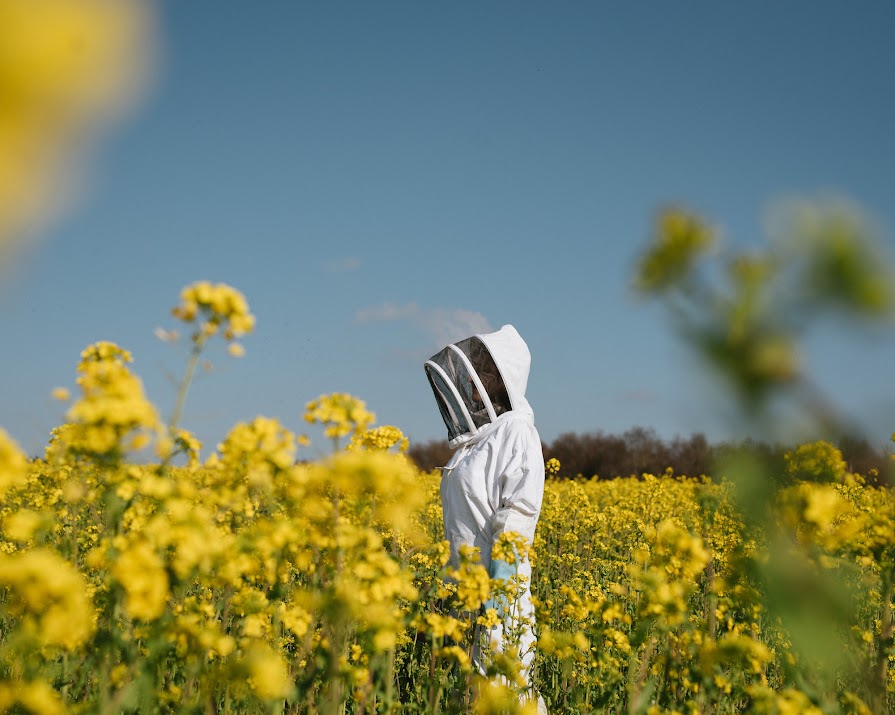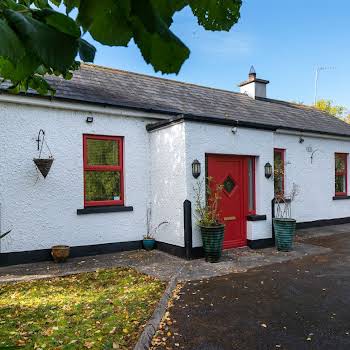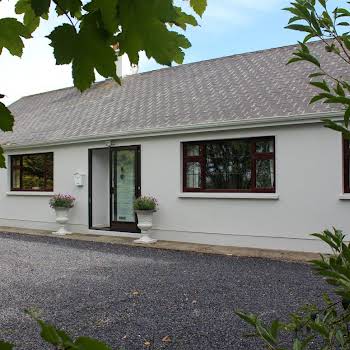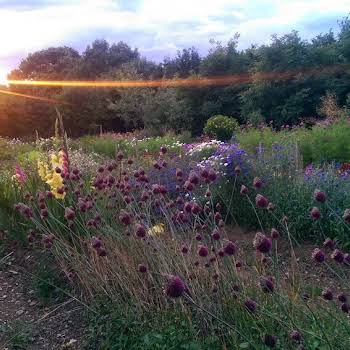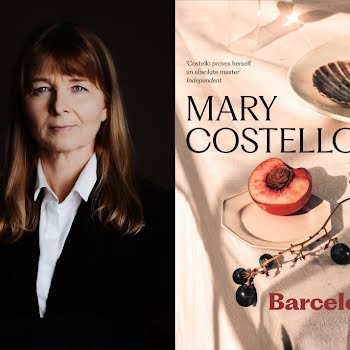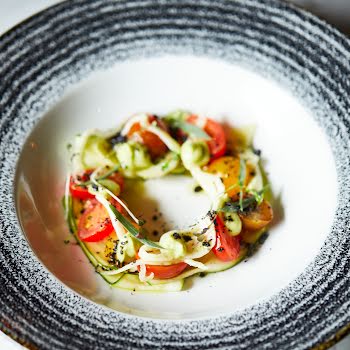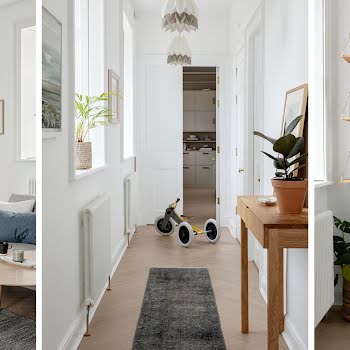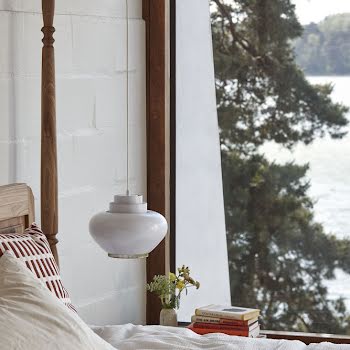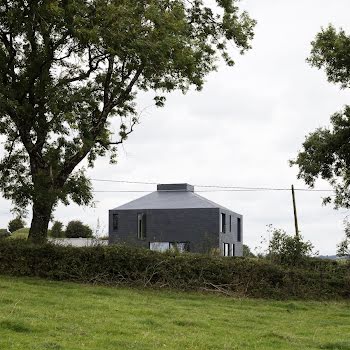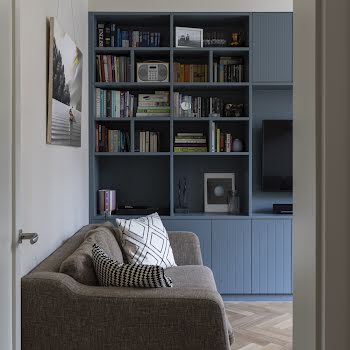
‘Just like bees working together to keep a colony alive, we too need to think as a community’
By Amanda Kavanagh
20th May 2021
20th May 2021
As we take stock and reassess our former normal, bees remind us of how community is more important than the individual, and nature provides a balm.
Observations of nature have flooded social media feeds during lockdown, a welcome respite from the clinking of fizz-fuelled brunches and grainy gig footage. An upside of social distancing has been how many of us have been encouraged, or forced, to take in our immediate surrounds, to slow down.
On my morning walk to Dublin’s Grand Canal, without the constant rumble of traffic, delicate birdsong is audible. On the water, gliding swans seem to pose for photographs, and over the graveyard wall, cheery daisies dot the plots as stalks of dandelions dust the long grass with spring snow. There is optimism in nature. The reassurance of seasonal cycles is a comfort.
These sentiments are shared far further up the canal, near Tullamore, by Jennifer Doyle, beekeeper and founder of Millbee, a studio producing beeswax wraps, candles, honey, and most recently, a multi-purpose balm.
“I suppose my senses are heightened when I’m around nature. I see dandelions and clover flowers as an important food for bees, and not just weeds. I notice a hedge of blackberry or hawthorn flowers and I associate flowers with seasons,” she explains from her home in Ballycommon.
“I’m sure many people are probably taking in their environments more now than ever, which is a positive. It helps improve our general wellbeing.”

Community
Jennifer says we can learn a lot from our fuzzy friends. “From the time they are born, bees have an important role to play. This could be cleaning and building comb and collecting food to maintaining the temperature of the colony. In fact, individual bees cannot survive for long on their own. Just like bees working together to keep a colony alive, we too need to think as a community.
We all have a role to play, from those of us staying at home, to our nurses, doctors, and shopkeepers. We might all think more collaboratively when this is all over.”
Sharing and collaboration are the name of the game in beekeeping. “There is a great community of beekeepers here in Offaly who are always there to support and guide beginners,” says Jennifer. “We have an active WhatsApp group and if anyone has a question, they ask there and get answers straight away. I am also very lucky to have neighbours who are experienced beekeepers and help out.”
Starting beekeeping
Jennifer started beekeeping almost two years with a beginner course, and admits she has “so much to learn”. With a background in interior and furniture design, Jennifer made the leap to her own studio after having her two kids (Jane, now 6, and Matthew, now 5), when she needed more flexibility and wanted to work from home more.

Currently, she keeps native Irish black bees, a relatively scarce honey bee. “They are known to be a much more docile strain” and overall she believes beekeeping is quite accessible.
“Once you get set up with a hive, your beekeeping gear and have some guidance from an experienced beekeeper, you should be fine. My number one advice would be to do a beginner’s beekeeping course and connect with local beekeepers. They will advise you on how to get started.”
She advises rural and suburban readers, who don’t have spot in their garden, to ask a nearby farmer. “Many farmers need crops pollinated. You can check out the Irish Beekeepers Association website for advice on this.” And for urban dwellers, look to rooftop apiaries.
If you wanted to keep a hive in your garden and you have neighbours, she advises to talk to them first, in case they have any concerns.
“Some people have a genuine fear of bees, but if you talk to them, it could ease their worries. Bees are generally too busy working and only sting if they feel threatened. When it comes to working space around a hive, as a general rule, you need to allow nine times the hive footprint area per hive.”

Bees also need shelter from the wind, which could be a hedge, or you could make up a windbreaker. To start researching Jennifer recommends the Haynes Bee Manual, an easy-to-follow reference book on bees, available from Donegal Bees.
Bee-friendly flowers
If beekeeping isn’t option – or just isn’t your bag, you can still plant pollinator-friendly flowers in your window box, in pots or in your garden. “You can also provide shelter for nesting, like long grass or dry stone walls, and of course, don’t use nasty chemical sprays,” says Jennifer. “The All Ireland Pollinator Plan has some great resources. We have an orchard and some crab apple trees, which the bees love this time of the year.”

People are right to still be worried about the future for bees. “We have reduced the amount of flowers for bees and safe nesting sites in our landscapes. Irish people need to come together as a group, which includes individuals, businesses, schools, and community groups, to create a country where pollinators can thrive.”
Photography by Ruth Connolly


